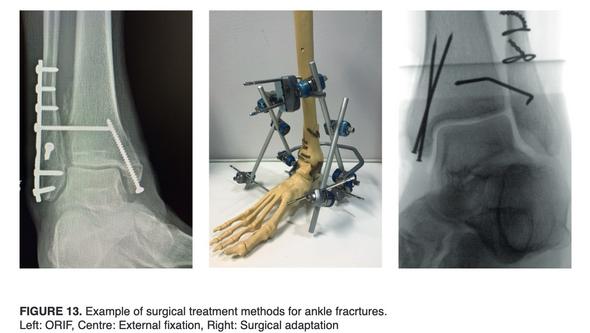Standardized treatment routines for ankle fractures are positive for both patients and care
On February 3, Emilia Möller Rydberg defended her thesis for Doctor of Philosophy in Medical Science at the Institute of Clinical Sciences, Sahlgrenska Academy, in the research subject of Orthopedics.
The title of the thesis is: On ankle fractures
INFORMATION OM DISPUTATIONEN
Time: February 3, 2023 at 09:00-11:30
Venue: R-aulan, R-huset, Länsmansgatan 28, Sahlgrenska Universitetssjukhuset, Mölndals sjukhus, Mölndal
NOTE: The dissertation were held in English
Supervisor: David Wennergren
Co-Supervisor: Mikael Sundfeldt and Ola Rolfson
Opponent: Tim White, The University of Edinburgh, Edinburgh, Great Britain
Examining Committee: Kerstin Hagberg, Karl-Åke Jansson and Kenneth Jonsson
Area
Health and
medicine


